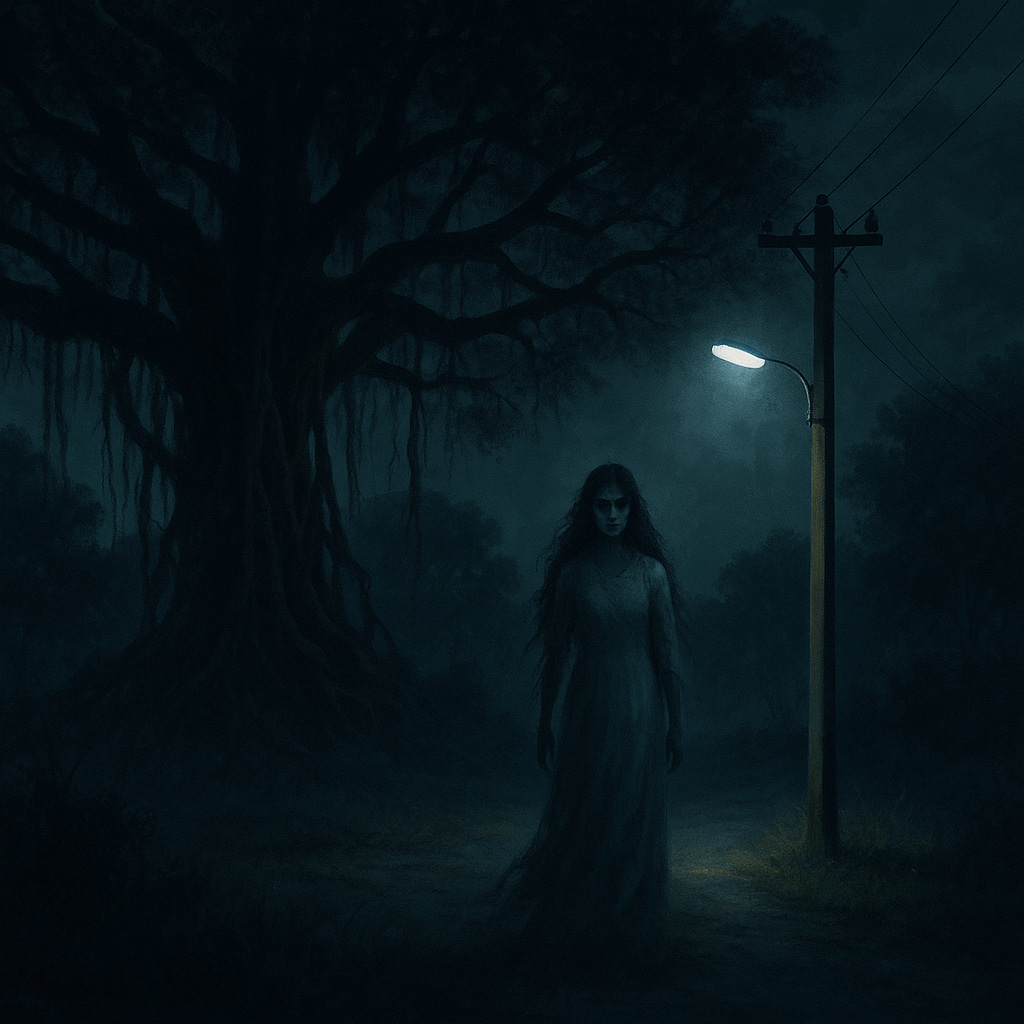When Darkness Breathed Ghosts: Unmasking Kerala’s Yakshi
In Kerala’s folklore, the Yakshi is a bloodthirsty spirit haunting banyan trees at night. But behind the legend lie human motives: cover-ups for murder, protection of secrets, sudden deaths, alcohol.
The concept of ghosts in Kerala has always fascinated and frightened me equally. As a child, movies like Aakashaganga terrified me so much that I was afraid to step outside at night. The darkness seemed alive, as if something unseen could leap out from the shadows. For many of us, the Yakshi, the beautiful woman who sits beneath the banyan tree and drinks men’s blood, was not just folklore but an almost real presence, whispered about in hushed voices.
But as I grew older, I began to see the Yakshi not only as a ghost story but also as a reflection of society. Sometimes, she was a convenient scapegoat for murder. If a man was killed for revenge or land disputes and his body left by the roadside, people would say, “Yakshi attacked him.” The fear of the supernatural shut down suspicion. Sometimes, she was a guardian of secrets. People who hid wealth, contraband, or even carried out illicit activities in certain groves or shrines discouraged others from entering by spreading tales of Yakshi. Ghost stories became protective fences, keeping the curious away.
There were also the simple mysteries of life and death. A sudden cardiac arrest that struck a healthy-looking man on a nighttime walk, or an accident caused by someone drunk and wandering in the dark, could be explained away as a Yakshi encounter. Snakebites, fevers, or seizures that left a person dead in strange circumstances all seemed to confirm her presence. In an era before modern medicine, the Yakshi filled the gaps in human understanding.
Ghost stories also reflected the morals and anxieties of the community. The Yakshi, often depicted as a woman who lured and punished men, was a patriarchal warning: don’t wander drunk, don’t flirt, don’t succumb to desire. For women, it was a way of saying that stepping outside traditional roles made them dangerous, even monstrous. The supernatural figure became a cultural policeman, shaping behavior through fear.
And yet, not all Yakshi stories are about control. Some are stories of survival. Women who faced abuse or violence, with no means to seek justice, may have turned their silence into whispers of revenge. A man who wronged a woman and then died mysteriously could be said to have fallen into the Yakshi’s trap. In that sense, the Yakshi became the voice of the voiceless, a form of justice in a world that offered none.
Interestingly, many of these stories began to vanish when the Kerala State Electricity Board installed electric posts, and villages were lit up. The fear that thrived in darkness lost its power under the streetlight. Ghosts, after all, belong to the night. Once there was light, they retreated into memory, cinema, and imagination.
Looking back, it feels as though the Yakshi was never just a ghost. She was a cover for murder, a guardian of secrets, an explanation for sudden death, a symbol of patriarchal fear, and sometimes even a cry of revenge. Kerala’s ghosts tell us less about the other world and more about this one — our fears, our violence, our desires, and our silences. Perhaps that is why they continue to linger in our imagination. The Yakshi may no longer haunt the banyan trees of our villages, but she still lives in the stories we tell when the lights go out.


